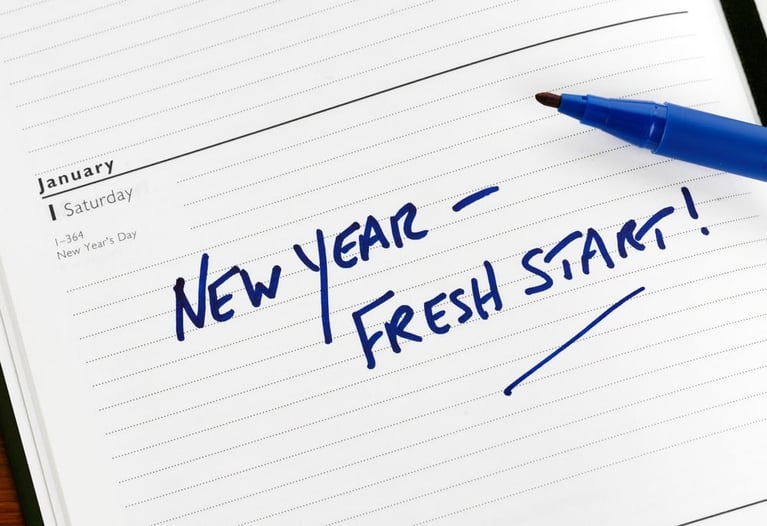Have you ever noticed that some days, you are a productivity ninja, while others are filled with distractions and diversions? Not all days or hours of the day are created equal when it comes to productivity and cognitive performance. It turns out that timing our tasks is a science, not an art.
There is a mountain of research showing that we do better at certain kinds of tasks at certain times of day. In fact, time of day explains 20 percent of the variance on human performance on cognitive tasks. So timing isn’t everything, but it’s a big thing. We can use that research to make better decisions in our personal and professional lives and schedule our days to maximize productivity.
Daniel Pink, author of When: The Scientific Secrets of Perfect Timing, has explored the science of chronotypes – patterns of daily circadian rhythms that affect mood and performance. According to Pink, our productivity and performance suffer when we don’t do the right tasks at the right time.
Pink explains that people move through the day in three stages: A peak, a trough, and a recovery. Roughly one in five of us have “evening chronotypes”—night owls—and that order is reversed for them. But the vast majority of us enjoy the peak in the morning, the trough in the afternoon and rebound as we head into the evening.
Studies show that the peak is the best time for at analytic tasks. That’s when we’re most vigilant, when we’re able to focus and concentrate the best. According to research, the most productive moment of the day is 10:26 am. The trough begins about 7 hours after waking – typically early to mid-afternoon – and lasts for a few hours. The most unproductive moment of the day falls in the trough at 2:55 pm. This is the time to work on administrative tasks like answering routine emails and filling out expense reports rather than strategic planning or brainstorming.
During the recovery in the late afternoon and early evening, we have better creative insights. Our mood is on the rebound but we are less vigilant than during the peak. That opens our thoughts processes to new possibilities and boosts our creativity.
2-Step Productivity Boost
Now that you understand the pattern, identify your peak, trough, and rebound times to improve your productivity at work.
- Find your peak. Identify one important work task that you do daily. Try it at 8 a.m., 12 p.m., 3:00 p.m., and 8 p.m. Pay attention to how you experience that same task at different times of the day. When do you bring more energy, creativity, or positivity to the task? when it seems easiest and when it’s most difficult.
- Protect your peak. Once you know the time you are the most productive, take the initiative to block that time on your calendar. It may not be possible to do it every day but be intentional and prioritize important tasks when you do have control over your schedule.
Download this productivity tracker to identify your WHEN and hack your chronobiology!







